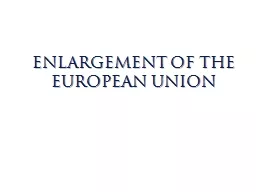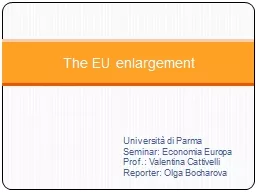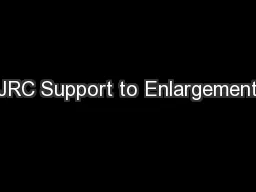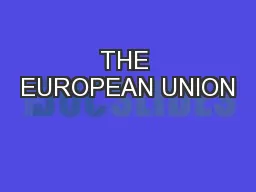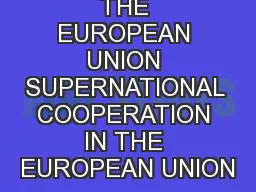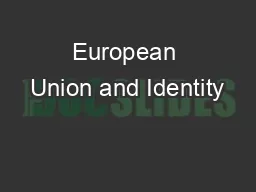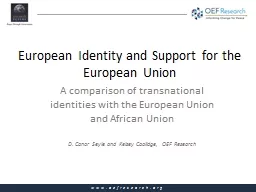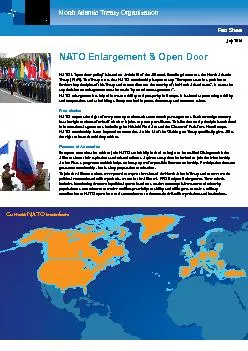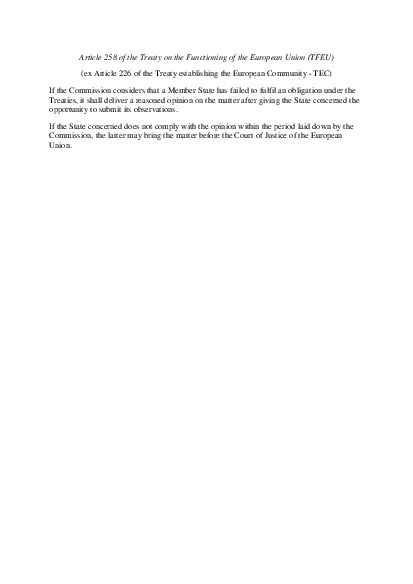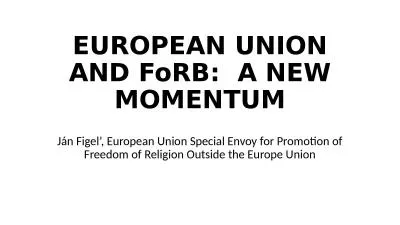PPT-ENLARGEMENT OF THE EUROPEAN UNION
Author : myesha-ticknor | Published Date : 2016-10-16
The Founding Members European Coal and Steel Community Proposed by Schuman for peace in 1950 Formally established in 1951 by Treaty of Paris France W Germany Belgium
Presentation Embed Code
Download Presentation
Download Presentation The PPT/PDF document "ENLARGEMENT OF THE EUROPEAN UNION" is the property of its rightful owner. Permission is granted to download and print the materials on this website for personal, non-commercial use only, and to display it on your personal computer provided you do not modify the materials and that you retain all copyright notices contained in the materials. By downloading content from our website, you accept the terms of this agreement.
ENLARGEMENT OF THE EUROPEAN UNION: Transcript
Download Rules Of Document
"ENLARGEMENT OF THE EUROPEAN UNION"The content belongs to its owner. You may download and print it for personal use, without modification, and keep all copyright notices. By downloading, you agree to these terms.
Related Documents

